And just when all hope seemed lost, the petals of the solitary flower growing by the hunters’ campsite parted, and a tiny creature arose from the center of the flower and spread her wings wide. They were the color of sunset over the savanna, and the hunters followed them until they had found their way again. Asking nothing in return, the butterfly-winged girl turned and disappeared back into the wilderness, and the grateful hunters went their way, their spirits restored at last.
This week, we introduce the sixth image in The People of Light and Shadow series, “The Aziza Fairy,” featuring Arielle Leverett.
The Aziza Fairy: Arielle Leverett
I met Arielle Leverett shooting publicity materials for Babes With Blades Theatre Company’s production of The Good Fight, by Anne Bertram, in 2017. We did two rounds of photos for those materials, so I got to spend more time with Arielle than with most of the subjects I meet in a theatre production shoot. I remember the sessions being easy and fun and Arielle was extremely gracious and wonderful to work with, and so we became Facebook friends and time went by as it does.
In June of this year, I started thinking about doing a new series. I first contacted friends I had planned to shoot with in 2019 but had had to cancel plans with due to the pandemic. I then reached out to friends who were doing separate, unrelated projects that interested me. And this is how Arielle came to be in The People of Light and Shadow.
While she was busy acting in summer theatre in Michigan, Arielle posted about a marathon Lord of the Rings viewing she did (even making food from some Middle Earth recipes for the occasion; she emphasized that they were pros at this). She posted several episodes of a podcast she does with her brother Jason called Adult Siblings, in which they discussed shows like the animated X-Men series from the early ’90s and (one of my favorites) Mystery Men. She posted about Star Wars. From this context of fantasy and science-fiction, I got the feeling she might be into the notion of embodying a fantastical character, so in July 2021 I reached out, and Arielle said that she would love to.
At the beginning of August, as plans proceeded for the series, Arielle sent me the concept for a fascinating character:
My first thought of who I’d like to portray is an Aziza fairy from West Africa. They’re primarily benevolent, live in anthills and silk cotton trees, provide spiritual advice to hunters. Do you think we can do something with that?
Arielle Leverett
This was one of the initial moments when I got excited about the series. It had been a jumble of loose thoughts and ideas based around familiar territory (fantasy portraits). But an Aziza fairy was something I had never heard of, and suddenly I was engaged, excited, and ready to explore new territory.
Chasing the Aziza Fairy
The Aziza fairy is an elusive being. I googled them and found pieces of lore here and there, most of which reiterated what I’d learned from Arielle—they are tiny, helpful fey with butterfly wings, and they aid hunters and travelers who pass through their domains, perhaps a little like the Good Neighbors of Irish and Scottish fairy lore. A few artists had illustrated the Aziza fairy, and more than one of them had portrayed them with beautiful orange wings similar to the monarch butterfly. I thought about how to portray the fairy with monarch wings—whether to get some at a costume shop or go down to one of the lakefront parks in late summer and try to photograph one. But then I began to wonder whether there were monarch butterflies in West Africa at all, so I did some research and learned that there is an African variety known as the “plain tiger,” “African queen,” or African monarch” butterfly (Danaus chrysippus), which looks similar to the American monarch but among other aspects the markings on its wings are a little different. I thought if I could somehow photograph a plain tiger butterfly, I could composite those wings into the image (in spite of my self-decreed mandate not to composite in this series). But where to photograph a plain tiger? I checked with a local butterfly museum, but no luck.
Etsy turned up a result for a single pinned plain tiger butterfly, ethically acquired, from a shop called Cryptid Curiosities, “Self Love Products and Unique Curiosities,” for around thirty dollars. After some friendly emails with the shop owner Hannah, a real plain tiger was heading my way.
Photography
I shot the plain tiger butterfly the day before Lupe Ramirez came over for “The Dryad” session. I photographed the butterfly with my old 100 mm macro lens in a lightbox I had picked up to teach a miniature and game photography class at the Gen Con Game Fair in 2019.
Macro Photography: The Plain Tiger
To shoot the butterfly, I placed the camera on a tripod and carefully removed the top of the butterfly case (though the case is still on in the video below). Using a clamp to keep the case upright, I rotated the case in increments so that I would have shots of the wings from every angle. Most shots of the butterfly are at f/22 (ISO 100, 1/160 sec) because depth of field is very shallow on the macro lens, and while I wanted some falloff in focus, it couldn’t be drastic. I knew I might have to show both sides of the wings, depending on which way my subject was facing, so when I had finished the first round, I carefully turned the butterfly around and shot it from all angles again on the other side. Fortunately, the cotton-like material in the box held the butterfly in place easily.

When Lupe came over for her session for “The Dryad,” I tested the photographs of the plain tiger butterfly I had taken the previous day in order to see whether the wings stood a chance of working the way I’d hoped. I cut them out in Photoshop and placed them as an overlay on the session I’d just done. I placed them over Lupe’s image and was delighted to find that yes, they should work out just fine in the end.
Golden Background, Golden Lessons
On the morning of Halloween, Arielle came over for the Aziza fairy session. After shooting on the same backgrounds for a couple years, I thought it was time for something new. I had been shooting some dramatic characters to fulfill the “shadow” part of The People of Light and Shadow, but what of the light? I thought of the way the colors might align—Arielle was bringing maize pants and a neutral top; the wings were orange. I wanted to shoot on a warm, analogous color, so I picked up a goldenrod paper background for around thirty dollars, hoping it would help emphasize the “light” aspect of this series, and I was very happy with what came out of it.
The session with Arielle was one of those rare occasions when virtually every shot yielded a great photo. Arielle moved from one look to another naturally, always engaging, always interesting. Halfway through, we had shot far more than we’d ever need, and I stopped to take a break and comment on how many great images we already had. That’s when Arielle said that she was imagining the camera as though her character was an animal approaching it, curious about what it was.
That comment changed everything.
I remembered a time many years ago when I was acting on camera for a lottery commercial that would get me my SAG card. At one point in the day, the crew stopped to set up a shot. They looked at cameras and made adjustments. They consulted and discussed. I spoke to my scene partner while we waited. Finally, the crew was ready and the director cued the camera to start rolling. The other actor and I looked at one another; then we looked at the director. “Is there a problem?” the director said. “What would you like us to do?” I said. They had been so involved with setting up the shot, they had forgotten to tell the actors what the shot was and what they wanted us to be doing.
The Epiphany: Posing vs. Acting
When I was an actor, action and intention were at the forefront of my mind. As a photographer with much to learn and adapt to, I can sometimes get into that place where I’m thinking primarily of the lights and the tech. Less experienced models need help in posing that sometimes I’ve failed to adequately give. But by her example, Arielle, a very experienced actor, reminded me that there is posing and then there’s acting. I remembered that most times if people have something to do, they feel less awkward in front of the camera, more playful, more willing to try things. It was a valuable lesson to take from this session, and it’s one I’ve been putting into practice in every session since. Give people something to do and they’ll forget about the awkwardness of not knowing what to do. Certainly true for me in front of the camera.
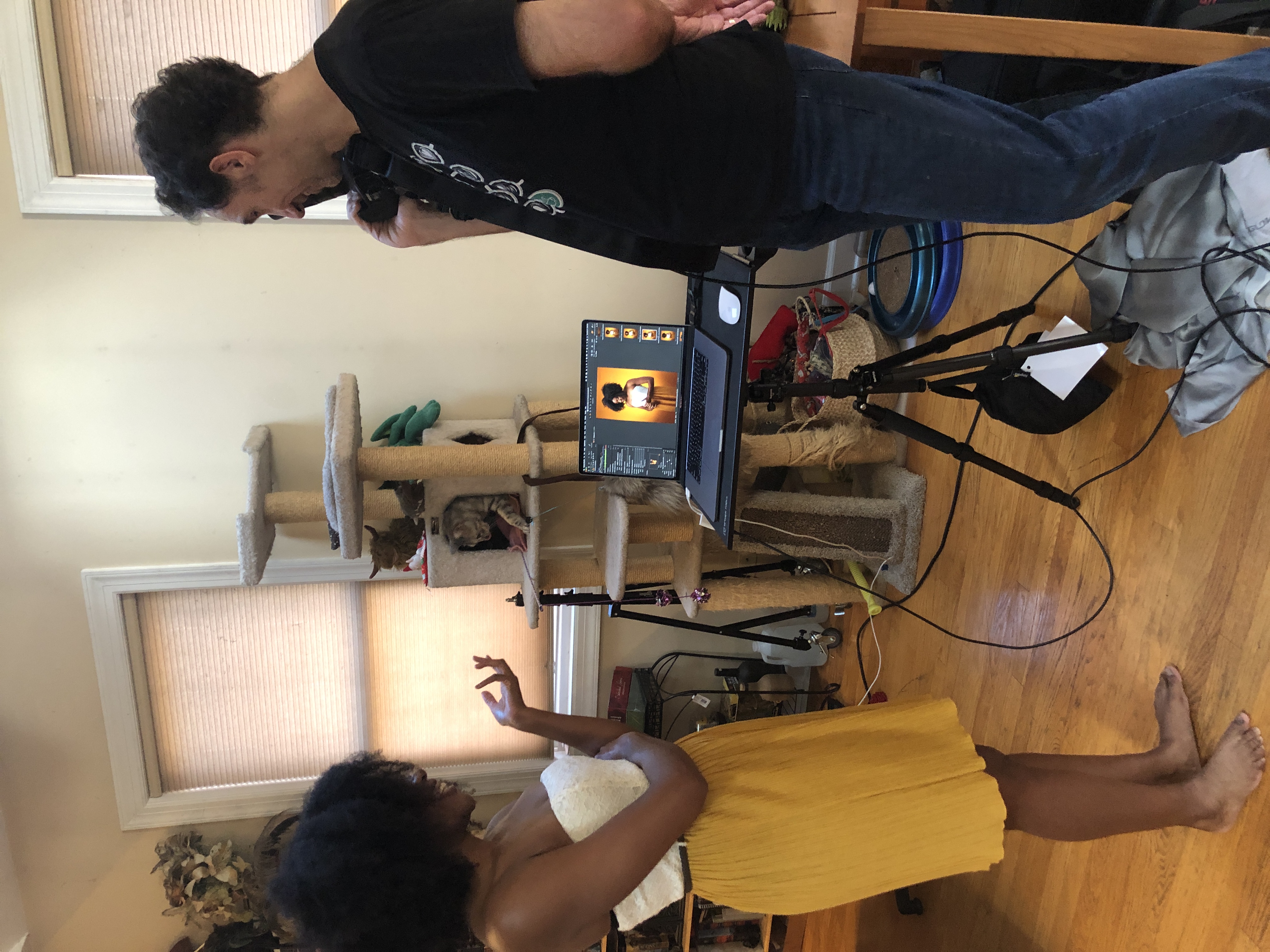
Editing
This was another big one.
Selecting the Image
Though initial tests with the wings had looked good, aligning the wings into the pose I wanted was no small feat. I tried to cull all four hundred images, but they were so good, I starred most of them and had to start over and be more discerning. I decided I wanted an image on the gold background, and these were the final contenders. They each showed a different and interesting aspect of the Aziza fairy. In the end, the one on the far left took my breath away every time I scrolled through the images. One of the primary elements this series has focused on is expression. The serenity of the image on the far left with its downcast gaze—the way the fingers express the active contemplation of the subject—is unlike any other image in the series thus far.

Of Fairy Wings and Other Things
After making the selection, there was the matter of the wings. I’ve gotten better at masking and extracting the parts of an image I need, so that part was easier than usual. Fortunately, I had the foresight to photograph the background by itself, so I was able to use the plain background as a backplate to place the wings upon and then place and mask the subject on top of those. Then I could shape the wings behind the subject as in the video below.
My troubles began when I decided to keep the image in portrait orientation rather than in landscape, where the wings would have been free to extend. Thus began long days using transform tools to get the wings just right so that they both fit the subject and remained “vertical” and not too high in the portrait. If the wings extended too high, the subject herself looks small and out of sync with the other portraits in the series. So there was a great deal of back and forth, making decisions, sizing, resizing.
That seemed like it might be the end of my troubles, but I noticed that against the wings the hair had retained some orange fringe from the original background. After more hours, I learned to create a new, clipped, “darken” layer and clone stamp hair on top of the orange fringe.
The image still looked simple, like it needed a little extra something. That’s when the flower petals came in at the bottom of the image, to help give a sense of scale. They were originally fake petals, but I didn’t care for the look, so I replaced them with real petals. By the end of the process, the final image was taking up all the memory on my computer, and I had to shut down and restart.
The Gallery
I don’t typically do advanced editing on this series beyond the main selection because it’s time consuming and I have twenty portraits to do in all, but we shot so many different looks in this session and we went to such lengths to put it together, it seemed a shame not try the wings in each different lighting scenario that we used.
In the top left image in the gallery below, we used only a single light to act as the source for the lantern. We shot the top right image on a completely different background to see what a shadowy Aziza might look like. It was fun to try a low key image with the Aziza fairy, concealing the wings in dim light. Finally, my second choice for the primary selection, in landscape orientation so that the wings can spread out some, unrestrained by the boundaries of the portrait.
It was an incredible experience making this image. I was introduced to a fey creature I didn’t know and I got to reconnect with the phenomenal Arielle Leverett, who by example helped me learn an invaluable lesson about coaching.
Elizabeth MacDougald was the bee’s knees on this session as on every other, providing assistance in every aspect of the shoot.
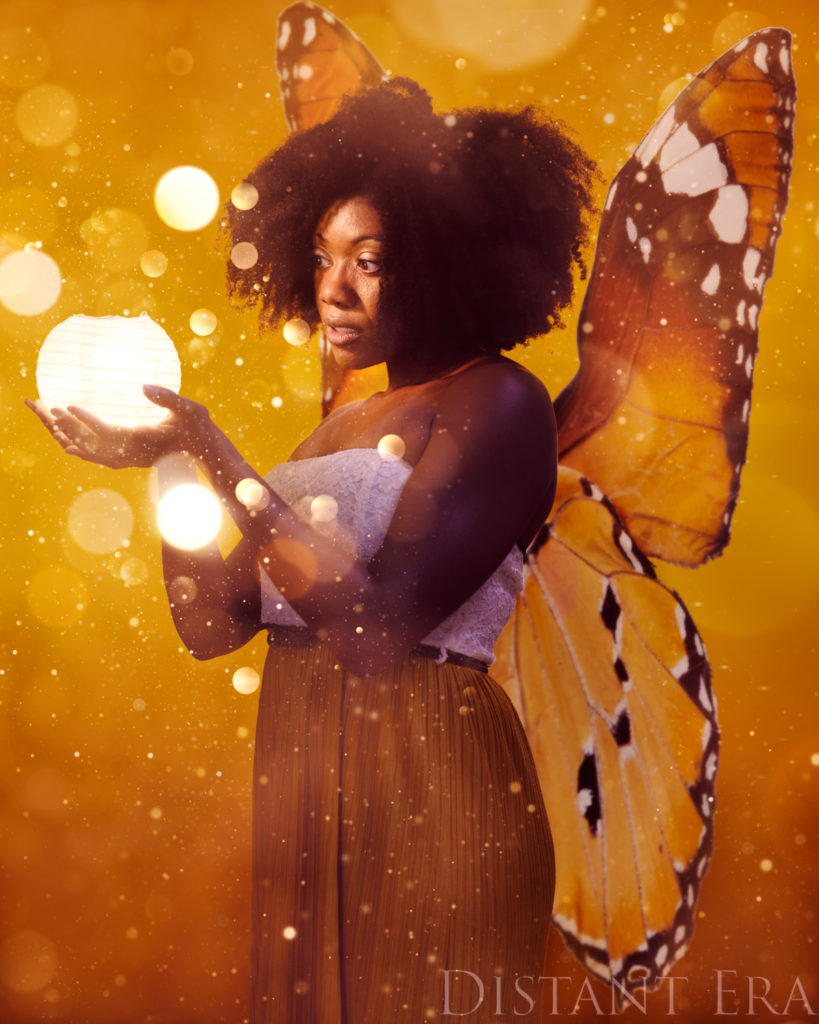
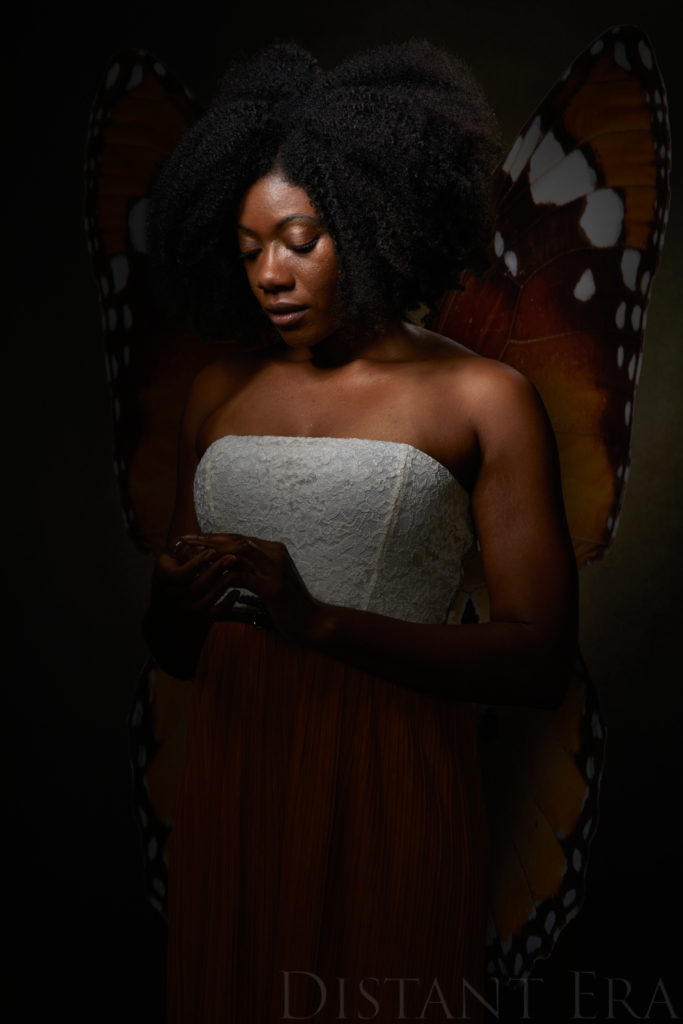
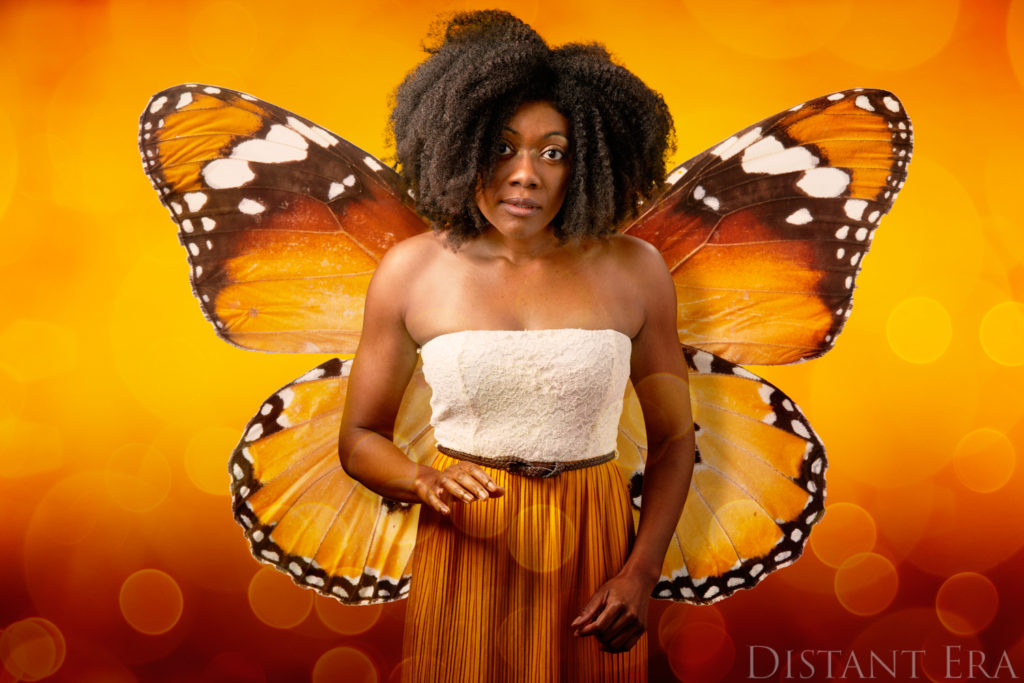
Next week in The People of Light and Shadow series…
The cheery, rustic fairy portrayed by Karissa Kosman!


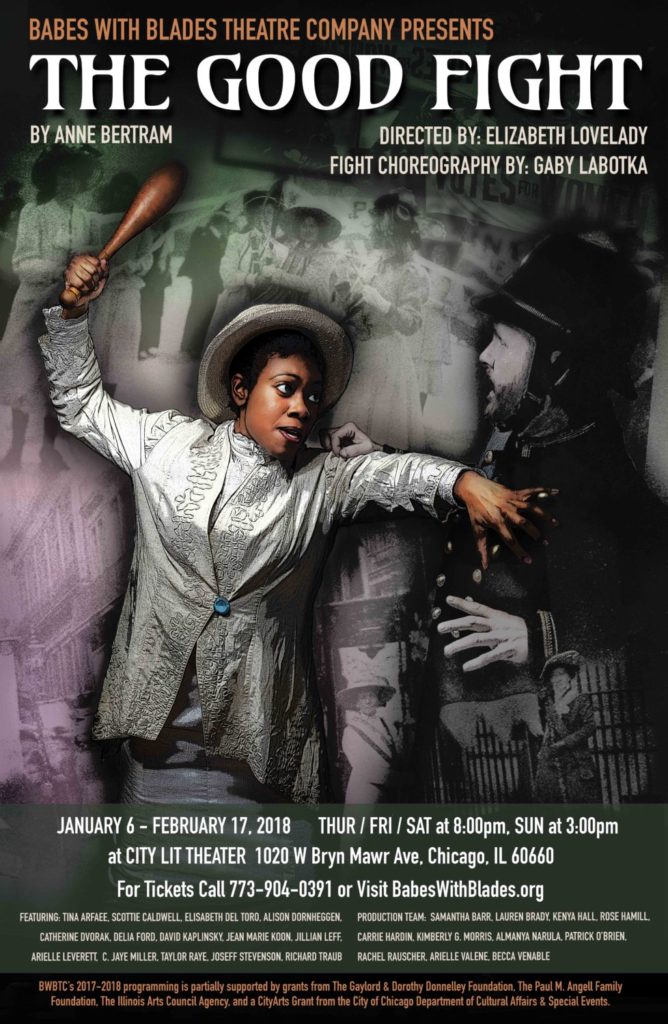
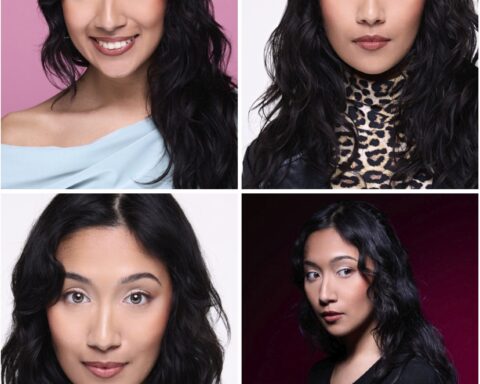
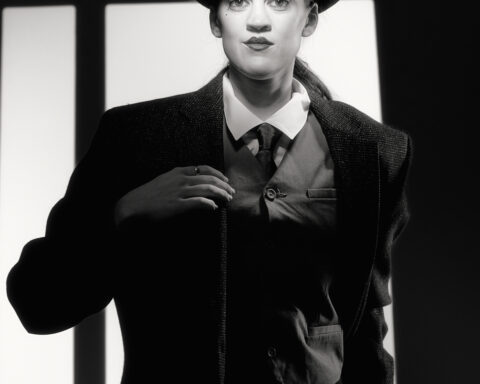
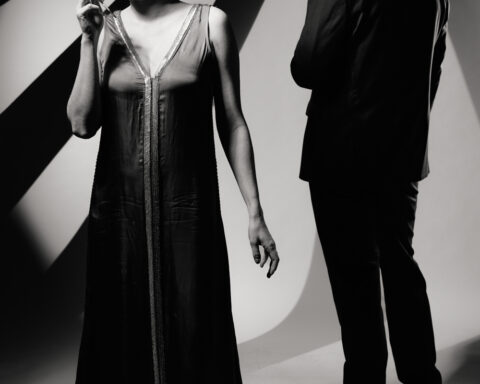
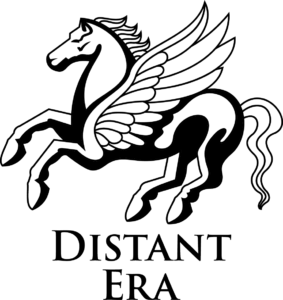
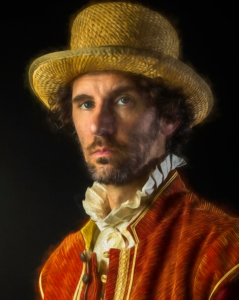
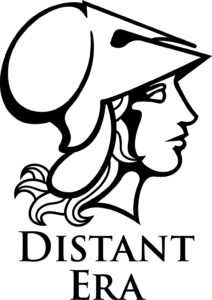
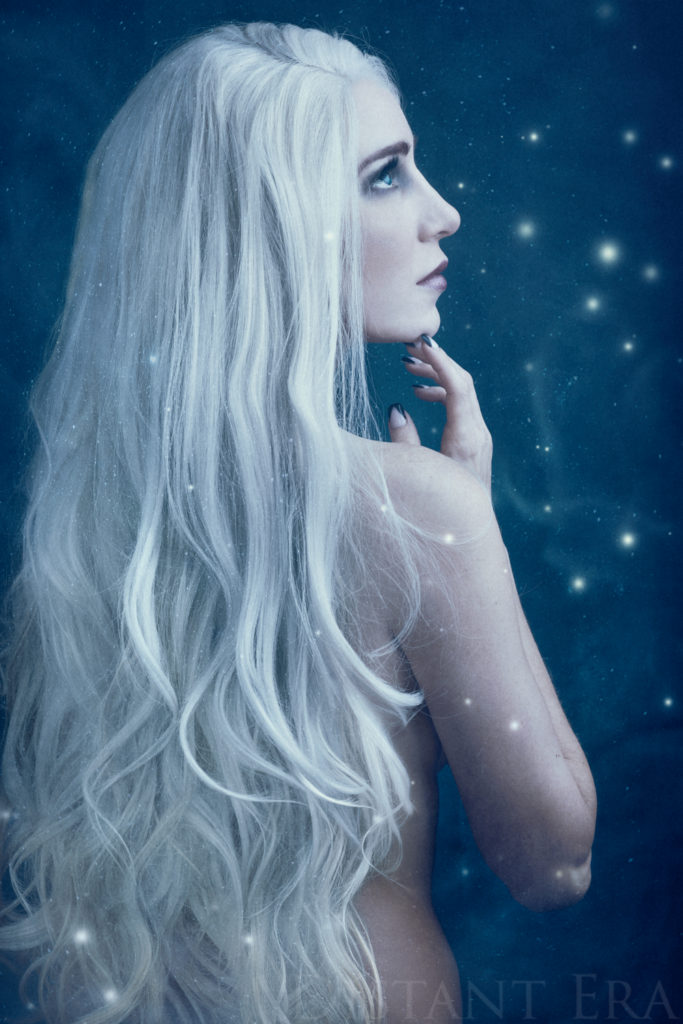
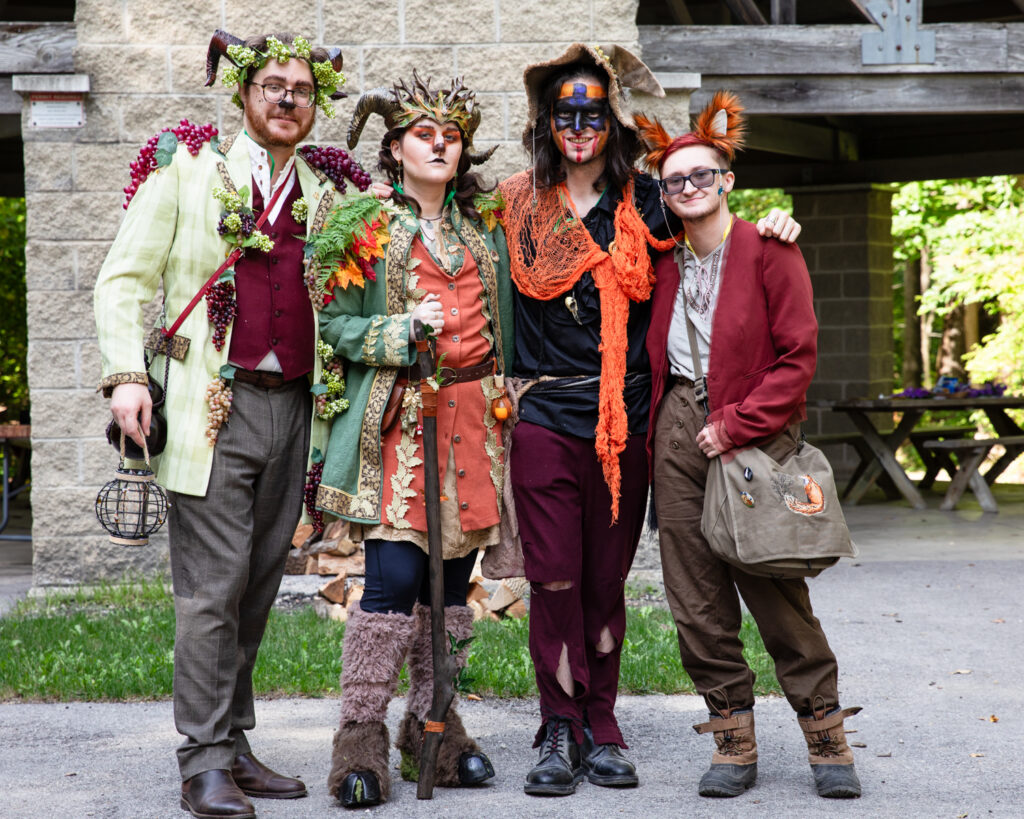
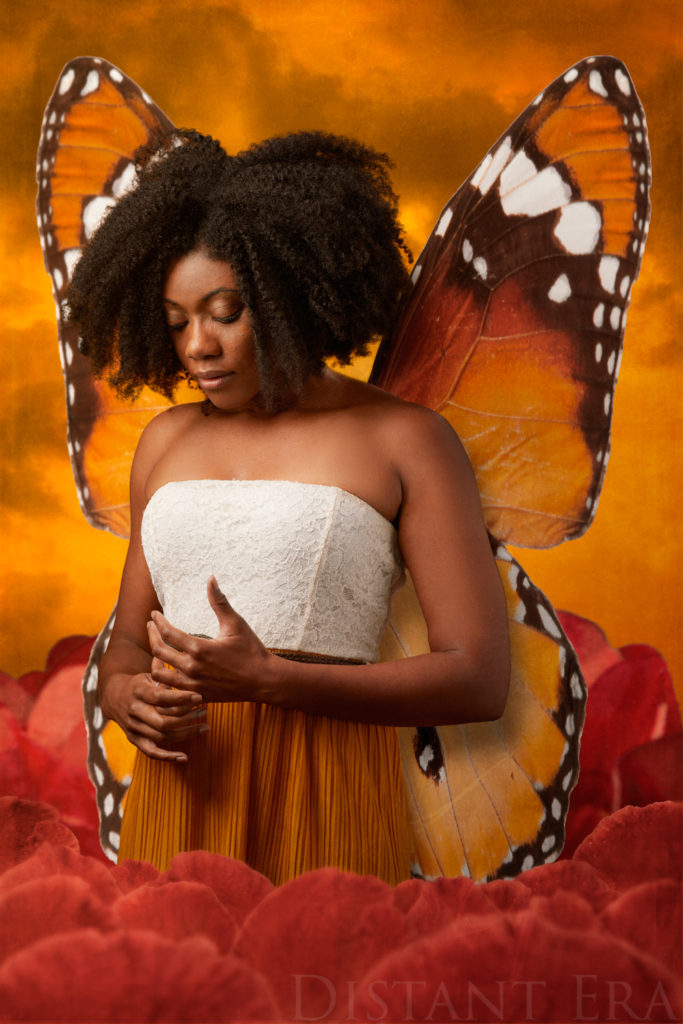
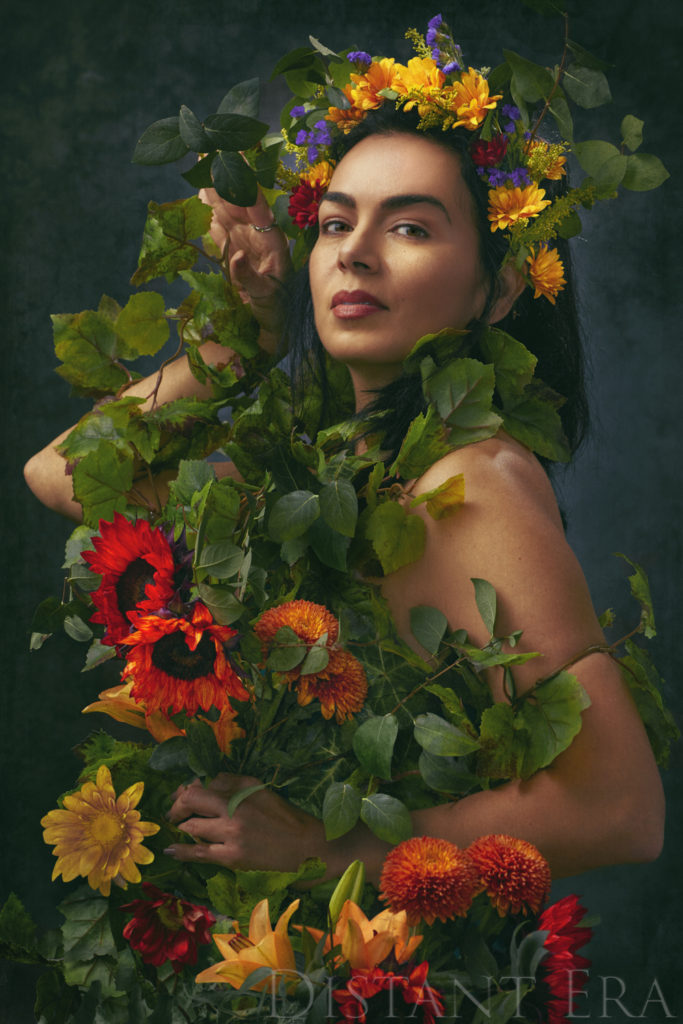

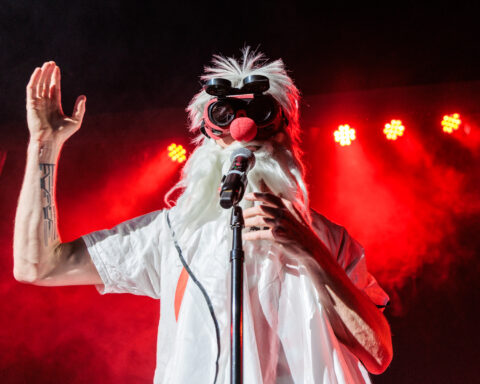
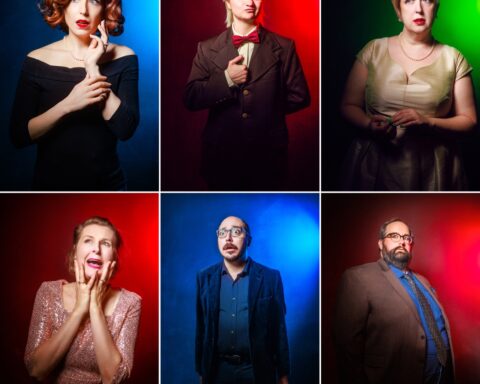
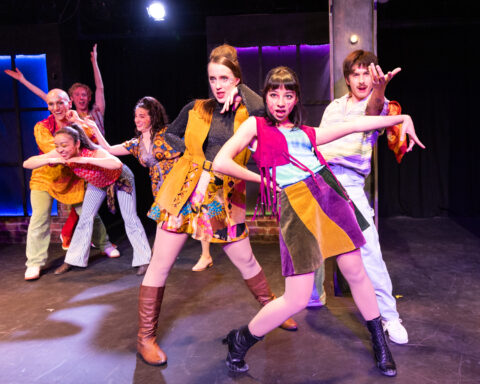
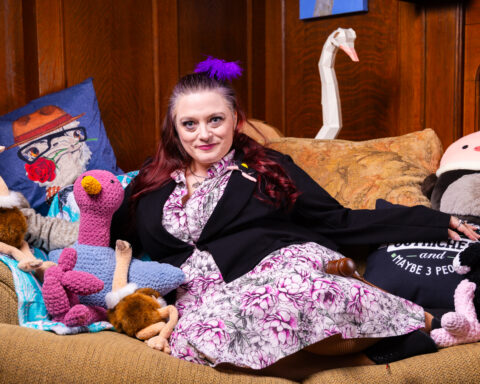
Follow Me